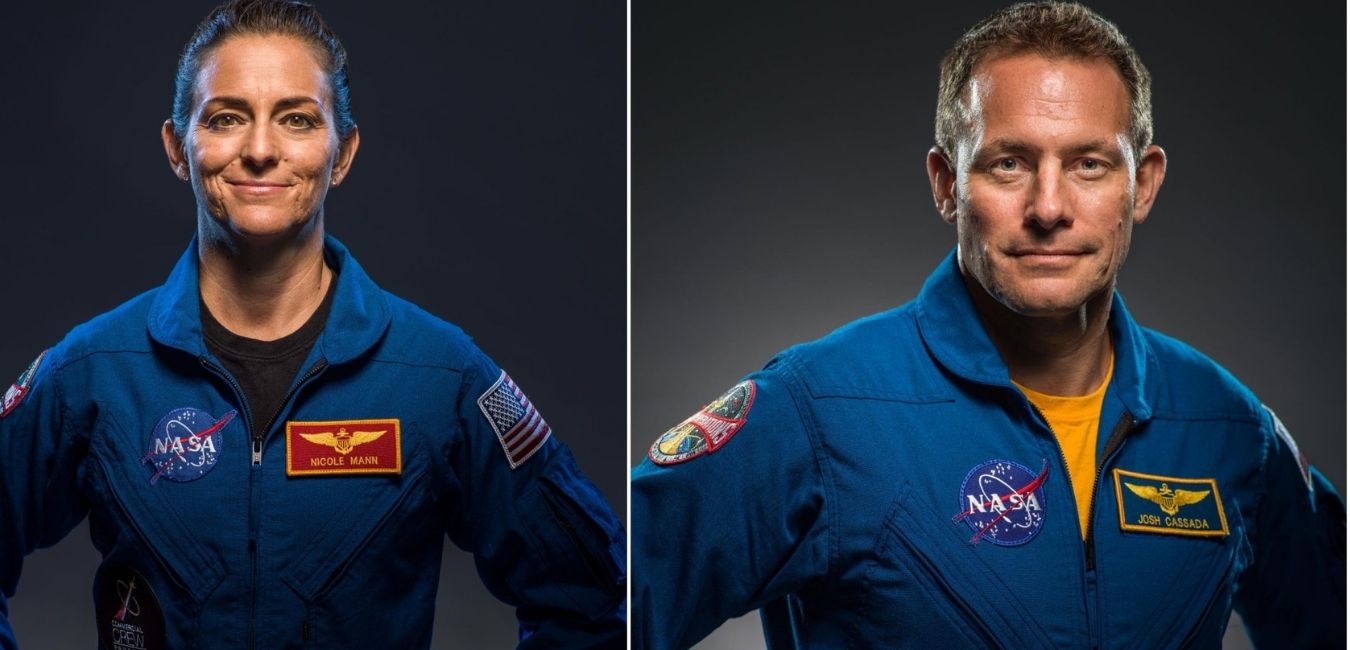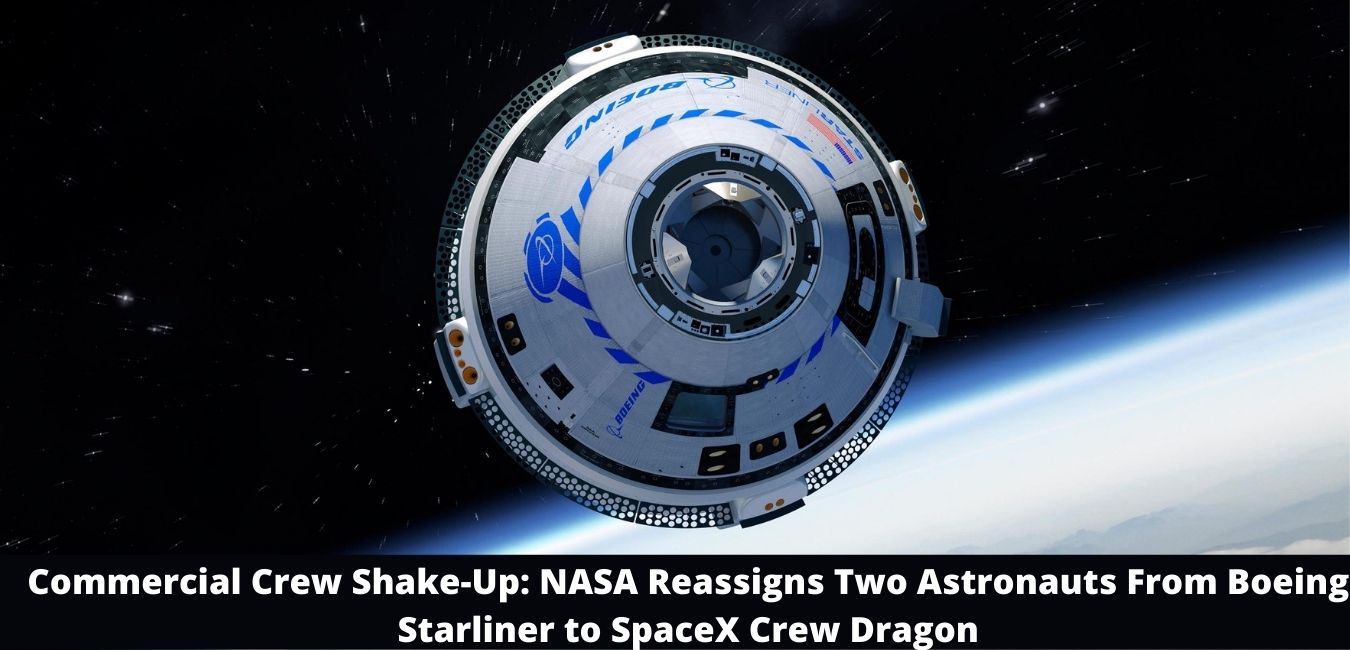NASA has reassigned space explorers Nicole Mann and Josh Cassada to the organization’s SpaceX Crew-5 mission to the International Space Station as a component of the Commercial Crew Program.
Mann and Cassada will fill in as space apparatus authority and pilot, separately, for the Crew-5 mission. Extra group individuals will be reported later.
Group 5 is relied upon to dispatch no sooner than fall 2022 on a Falcon 9 rocket from Launch Complex 39A at NASA’s Kennedy Space Center in Florida. The team and their crewmates will join a campaign group on board the station for a long-term stay to direct science exercises to assist mankind and investigation.
“Nicole and Josh have done a tremendous job pioneering the training and path forward for astronauts to fly on Boeing’s Starliner spacecraft. They have gained experience that they will take forward as they train to fly in SpaceX’s Crew Dragon spacecraft and serve aboard the International Space Station,” said Kathryn Lueders, associate administrator of the Space Operations Mission Directorate at NASA Headquarters in Washington.
“The NASA team is fortunate to have two commercial crew partners and will continue to work with Boeing and SpaceX to prepare NASA astronauts and our international partners to fly to and from the International Space Station on U.S. spacecraft.”
Mann and Cassada already were allocated to missions on NASA’s Boeing Crew Flight Test and NASA’s Boeing Starliner-1 mission, separately. NASA concluded it was critical to making these reassignments to permit Boeing time to finish the improvement of Starliner while proceeding with plans for space explorers to acquire spaceflight experience for the future requirements of the office’s missions.
NASA space travelers Butch Wilmore, Mike Fincke, and Suni Williams will keep on giving experience to Boeing as the organization plans for NASA’s Boeing Crew Flight Test. Extra Boeing flight tasks will be made later on.
Mann is a California local and a colonel in the Marine Corps. She procured a Bachelor of Science in mechanical designing from the United States Naval Academy and a Master of Science in mechanical designing with a forte in liquid mechanics from Stanford University. She is a F/A-18 aircraft tester with in excess of 2,500 flight hours in excess of 25 airplanes. NASA chose Mann as a space explorer in 2013. This will be her first outing to space.
“It has been the opportunity of a lifetime to train on a brand-new spacecraft, the Boeing Starliner, and it has been fantastic to work with the Boeing team,” Mann said. “I am thrilled to have the opportunity to train on another new spacecraft – the SpaceX Crew Dragon – and appreciate the teams at NASA who have made that possible. I am ready to fly and serve on the International Space Station.”
Read More: Missions To Mars Will Not Have Communication With Earth For 2 Weeks Due To The Solar Event
Cassada experienced childhood in White Bear Lake, Minnesota, and is a physicist and U.S. Naval force aircraft tester. He went to school in Michigan and afterward finished his Ph.D. research at Fermi National Accelerator Laboratory prior to turning into a maritime pilot. Cassada has aggregated in excess of 4,000 flight hours in more than 45 diverse airplanes. NASA chose him as a space explorer in 2013. This will be his first spaceflight.
“It has been great to spend the last few years training with the joint Boeing and NASA team, and I am really looking forward to now have a chance to also train with SpaceX on a new spacecraft. Cross-training on both programs is a unique opportunity to learn, but also to provide valuable insight to future astronauts flying these spacecraft,” Cassada said. “And, of course, Nicole and I are incredibly excited to get to work aboard the International Space Station, executing current operations and also contributing to future exploration beyond low-earth orbit.”
For over 20 years, NASA has constantly had space explorers living and working onboard the International Space Station, progressing logical information and showing new innovations, making research leap forwards impractical on Earth. As a worldwide undertaking, 242 individuals from 19 nations have visited the remarkable microgravity lab that has facilitated in excess of 3,000 exploration and instructive examinations from scientists in 108 nations.
The station is a basic testbed for NASA to comprehend and defeat the difficulties of long-span spaceflight and to extend business openings in a low-Earth circle. As business organizations center around giving human space transportation administrations and fostering a strong low-Earth circle economy, NASA is allowed to zero in on building shuttle and rockets for profound space missions to the Moon and Mars.
Read More: SpaceX to Turn Two Oil Rigs Off the Texas Shore into Launchpads for Starship

Leave a Reply